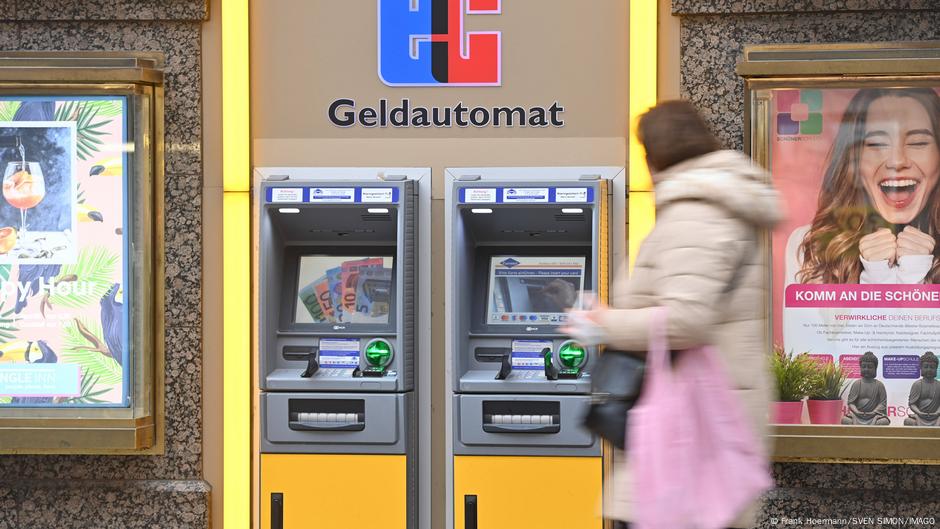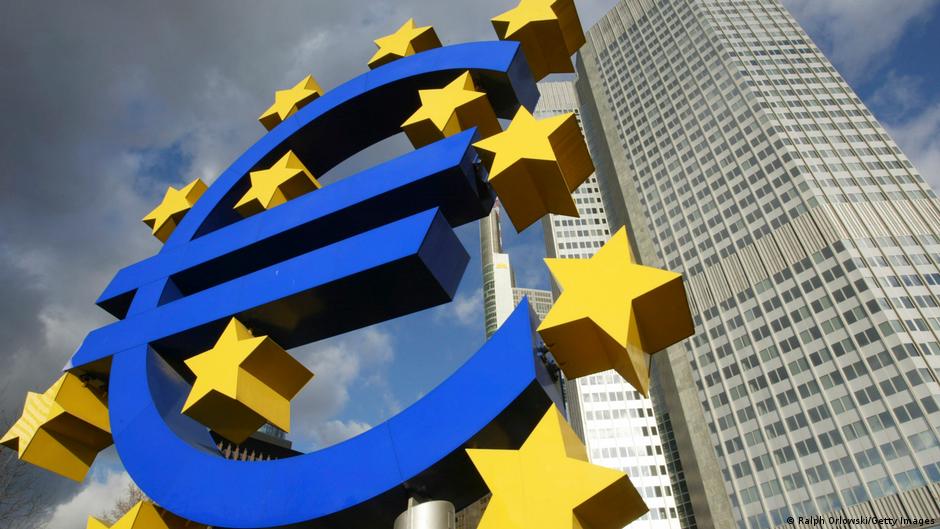In the realm of cashless transactions within the EU, Visa, Mastercard, and PayPal lead the pack. However, this dominance has prompted caution from the European Central Bank due to the area’s heavy dependence on these American payment leaders. Yet, what options do Europeans have as an alternative?
Following Donald Trump’s return to power, Europe has grown increasingly wary of its dependence on the United States, fearing this might compromise European security. A key focus of concern is the realm of digital payment systems.
Christine Lagarde, who serves as the president of the European Central Bank (ECB), has expressed her concern.

Lagarde stated to Independent Irish broadcaster NewsTalk not long ago that Europe needs to “lessen the risks stemming from the present payment system’s infrastructure being owned externally,” ensuring that there is a “European alternative ready as a precautionary measure.”
For her, it is crucial to maintain control over digital payments.
Various degrees of reliance among European Union countries
Europeans enthusiastically embrace cashless payments, with 56% of all non-cash transactions in the first half of 2024 conducted via cards, as reported by the ECB. This accounts for over 40 billion transactions.
However, the degree of dependence on American payment networks such as Visa and Mastercard differs considerably among EU countries.
According to ECB data, some nations, including Ireland and the Netherlands, heavily depend on Visa and Mastercard. In contrast, others like Germany and France possess their own domestic payment systems, making them less dependent on American companies.

In Germany, the Girocard — previously referred to as the EC card — dominates with more than 70% of the market share, whereas in France, domestic payment systems control approximately 80%.
To what extent does this issue pose a concern?
A more doubtful perspective comes from Hugo Godschalk, a seasoned payments consultant with over forty years in the financial sector. According to him, speaking to News Globe, when examining all European payment activities — which encompasses B2B exchanges as well — fewer than 1% of transactions by volume move through American networks.
“You truly cannot discuss dominance in that situation,” stated Godschalk, the managing director of PaySys, a payment systems consulting firm located in Frankfurt, Germany.
He disputes the ECB’s assertion that domestic systems fail in handling cross-border transactions. While this may hold for buying goods at brick-and-mortar shops in different countries, he argued, it doesn’t apply to online purchases across European borders.
Rise of app-based payments
Europe’s susceptibility does not stop at card transactions. There is a growing trend of people using their smartphones through various applications for payment purposes, an area dominated by U.S.-based technology companies such as Apple Pay, Google Pay, and PayPal.
ECB Chief economist Philip Lane informed attendees at a conference in Cork, Ireland, earlier this March that these app-based payment methods now make up almost 10% of all retail transactions. He also noted that their yearly growth rate remains in the double digits.
Europeans can observe a “worldwide trend toward a more multi-polar financial system, where payment systems and currencies are being used more frequently as tools for geopolitical leverage and conflicting regulatory domains.” These changes aim to promote autonomy from “dominant foreign monetary entities,” he explained.
Lane cautioned that this reliance makes Europe vulnerable to economic pressures and coercion, which affects our strategic independence and restricts our capacity to manage crucial elements of our financial systems.
Can Russia’s approach be effective for Europe?
While remaining a theoretical concept in Europe, this situation became real in Russia following the 2022 invasion of Ukraine. In response, companies like Visa, Mastercard, and American Express halted their operations within the country. However, Russian President Vladimir Putin was ready for this eventuality.
Godschalk stated, “He had previously required several years ago that the handling of domestic Visa and Mastercard transactions should occur inside Russia.” This implies that tasks such as authorization, clearance, and settlement are managed by Russian processors.
Consequently, Russians would be able to keep using their locally issued Visa and MasterCard cards, though exclusively for transactions inside Russia.
Godschalk proposes that this method could act as a short-term fix for Europe, enabling intra-European card payments to circumvent the Visa and Mastercard networks. This would make it more difficult for US entities to interfere with transactions inside the European Union.
However, putting such a system into place is not an easy task. According to Godschalk, enacting EU-wide rules or laws to this extent would require at least two to three years.
Awaiting the arrival of the ‘digital euro’
Godschalk thinks that the ECB’s alerts regarding payment dependencies are somewhat aimed at fostering support for what is referred to as a digital euro—a centrally issued currency akin to cash, which comes without any credit risk.
On the contrary, funds held in bank accounts are generated by commercial banks and are generally considered less stable. In case of a bank collapse, these funds might disappear—though deposit insurance usually shields account holders from experiencing such financial loss.

The European Central Bank has been engaged in the digital euro initiative since 2021.
In June 2023, the European Commission introduced a proposed legislation.
However, the approval from the European Parliament is still pending.
Key questions remain unanswered, such as whether all banks will be required to offer digital euro accounts, and whether merchants must accept them. As a result, the launch of the digital euro remains uncertain and could take years.
Up until now, the banking industry hasn’t displayed much interest, as they’re concerned about losing portions of their customer base. Additionally, customers haven’t been provided with strong incentives to move to an alternative system, according to Godschalk.
Wero: A nascent European payment system
Launched in 2020, the European Payments Initiative (EPI) aims to develop a local option for American payment systems. This initiative collaborates with banks and payment service providers across multiple nations within Europe.
The latest payment system introduced under this initiative goes by the name Wero and made its debut in July 2024. Several German banks have begun supporting mobile transactions through Wero. This platform differs from conventional bank transfers as it does not necessitate an extensive 22-character IBAN code. Users instead have the convenience of sending funds with just their mobile numbers or email addresses—much like the functionality offered by PayPal.
What’s the issue? Not many people have heard about it. According to a study carried out in October 2024 by the German cost comparison website Verivox, approximately 90% of the 1,000 participants surveyed in Germany stated that they were unaware of what Wero is.
What about a credit card network for Europe?
This prompts the inquiry into why Europe has not managed to establish its own credit card network to compete with the major American players.
Godschalk observed that multiple efforts have been undertaken to create a pan-European payment system, yet significant nations such as Germany and France have shown minimal enthusiasm. This lack of interest mainly stems from the fact that the volume of transactions occurring across borders remains comparatively modest.
Ultimately, the majority of these domestic systems ended up being sold—somewhat ironically—to corporations based in the United States.
The original version of this article was written in German.
Author: Insa Wrede


Leave a Reply